
|
May 19, 2020
COVID-19
Early Learning and Elementary Snapshot
Helping Children Cope with Sadness

|
|
|
|
|
With the restrictions around activities many children have missed events they were looking forward such as sports, field trips, birthday parties and family vacations. They may also be missing grandparents, friends and teachers. Not being able to see the people they care about or participate in group activities can make them feel disappointed, lonely or sad.
Of all the many human emotions, sadness can be one of the most difficult to manage. It occurs at many levels and in many different ways: it can be as simple as disappointment or as complex as grief and depression.
|
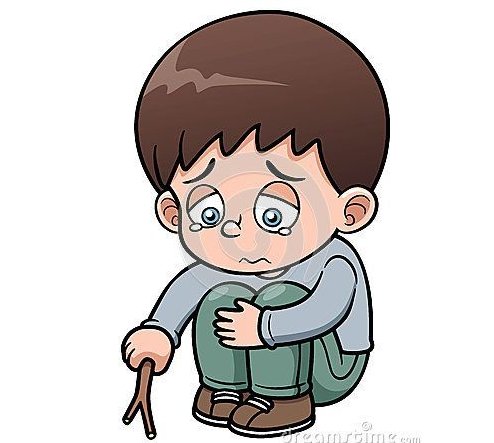
|
|
|
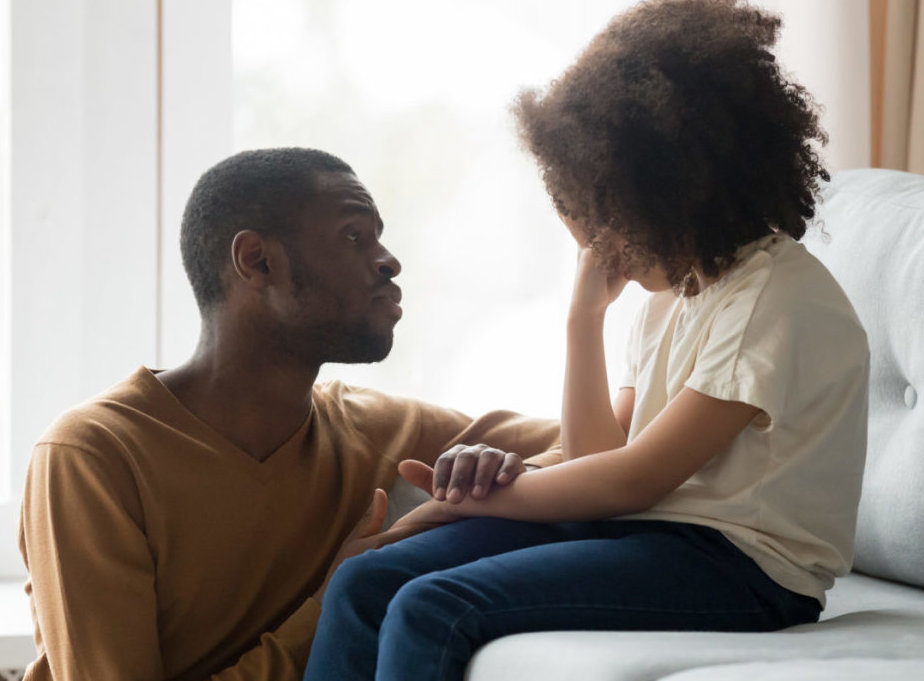
|
Observing sadness in our children often feels different to parents than it does to observe them experience other emotions. When we see our child anxious, frustrated or even disappointed it feels to us that these are normal, temporary and resolvable. We also feel like there is a role for us to teach and support our children through these emotions.
|
|
|
|
But seeing our children experience frequent or strong sadness – and not being able to make them feel better – is much more difficult. It can make parents feel frustrated, worried and helpless.
|
| |
|
|
However, the truth is - it is not uncommon for children to experience times of sadness. Although approximately only about 2% of pre-adolescent children will experience the type and extent of sadness psychologists will diagnose as a formal depressive disorder, many more children experience less severe – but still persistent and frequent – sadness at some point during their childhood. | Sadness can be felt, and expressed, in a variety of physical ways. Tears are the most obvious but children may manifest sadness in other ways like anger, isolation, clinginess, or stomach ache. A child may be unable to communicate or even recognize some of these physical signs of sadness.
|
| |
|
Normalizing Sadness One of the most important messages you can convey to your child during times of sadness is that you are there for them.
Parents often try to be strong for their children, to show them that everything will be okay. However, it can actually be beneficial for a child to see adults showing appropriate emotion. It is okay to say, “I am sad, too.” This normalizes the child’s sadness and demonstrates that feelings are not something they need to try to mask or feel ashamed of.
|
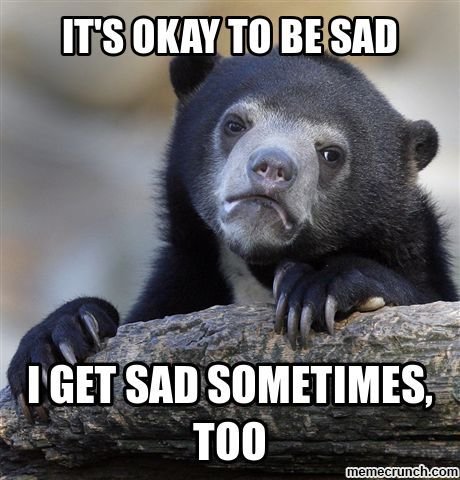
|
|
|
|
|
Be empathetic. Be “with them”. Say “I’m sorry you are not going to have a birthday party this year” and “I’m sorry you are feeling sad about that”.
Try to be patient with your child. Remember your child can’t “make themselves” be positive or happy.
Help them use words to tell people about their sadness rather than get angry or cry.
|
Ask about specific “sad time triggers”. Most often that there are situations, thoughts or events which trigger or cause sadness.
Try to help children identify at least some of these – and then think about how these can be managed differently.
Sometimes, children feel that there is no way to solve a problem. Remind them that the goal is to find a “good enough” solution, not necessarily a perfect one, especially during these times.
|
While it’s important to talk with children about their sadness, it’s also important to NOT talk endlessly about the sadness. Having hour long conversations may make things worse. Tell your child “we will talk about this again soon, but right now let’s read a book or watch a movie".
|
|
|
|
|
Creative activities can be a wonderful outlet for expressing sad feelings. Encourage your child to draw a picture about how they are feeling, sing, dance, or build something. There are many ways to use creativity to process emotions. | When your child is feeling sad, encourage them to try breathing deeply. That will increase the flow of oxygen and slow their heartbeat, creating a physical sense of calm.
|
|
|
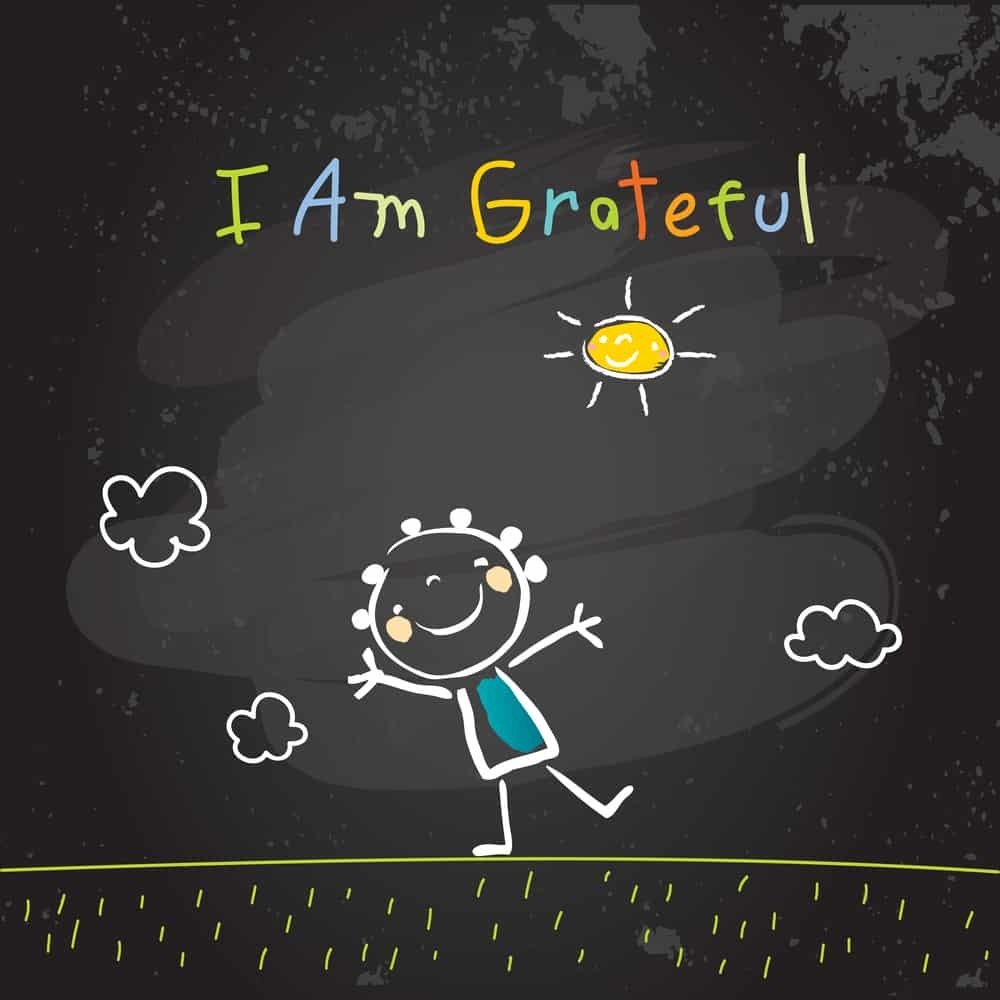 |
Teach children to notice the positive aspects of their day and positive events in the future. Use “gratitude” exercises and “my interesting week” exercises. Some of these can be focused on the past and present and others focused on the future.
Do your best to maintain social connection during these times. It is more difficult to reduce sadness in children if they are socially isolated.
|
|
|
 | Pay attention to physical activity, sleep and nutrition. Sadness eases when children are more physically fit and active, get enough sleep and eat well.
|
|
|
|
True strength and resilience are built by learning to process emotions rather than ignoring them. By allowing sad feelings to happen, your child is also learning that they are capable of coping with big emotions.
|
| |
|
|
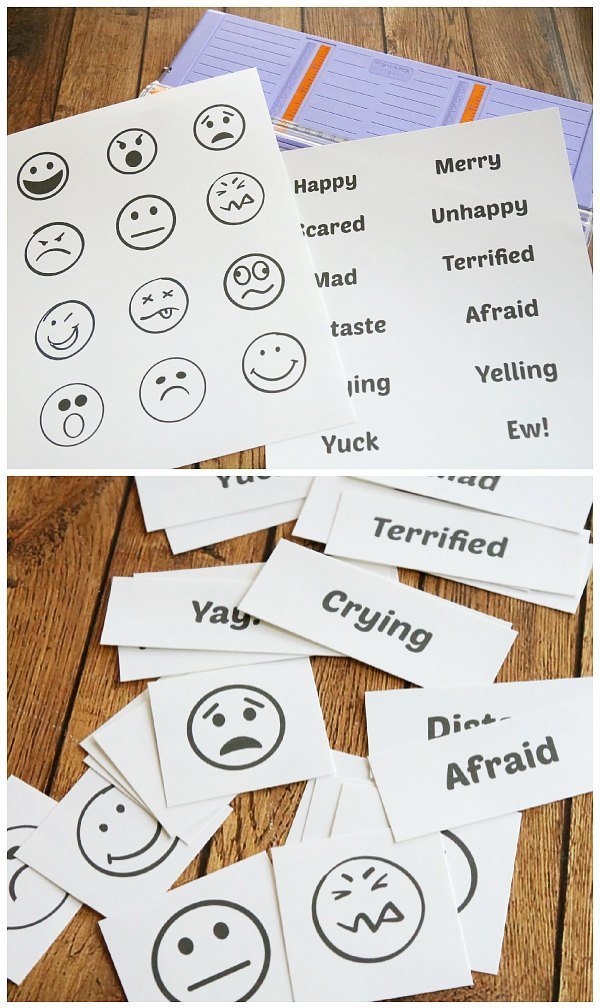
| Emotions Sorting Game Being able to recognize their own emotions and other people‘s (as well as label those emotions) is important for children to learn. Inspired by Inside Out, here is a free printable emotions sorting game that you can play with your children.
There is a mix of basic faces and words. This works well with a variety of ages - the younger kids can look at the faces, but it‘s also a way for the older ones to practice reading. You can tailor this however it works for you, add to it, or even make your own.

|
| |
|
|
|
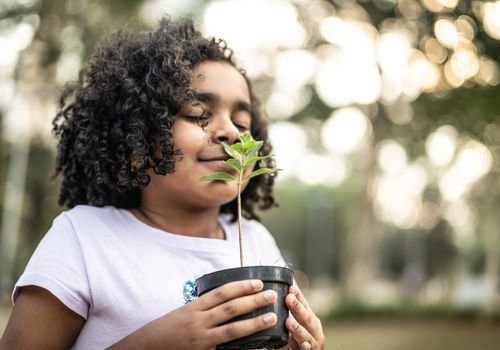
| Gardening and Mental Health A report in
the Mental Health Journal cited gardening as being able to reduce stress and improve mood, with a reduction in symptoms of depression and anxiety. To that end, LifeCycles and Farm to School BC have teamed up with the Greater Victoria School District to support the "Get Growing, Victoria!" program.
|
|
|
From May 25 - June 11, we will be distributing FREE vegetable plants and "How To Garden" resources to SD 61 families and staff.
The plant selection includes: tomatoes, cucumbers, zucchini, lettuce, mustard greens, basil, parsley, swiss chard, kale, delicata squash, and cabbage.
Please click on the link below for more information on when and where the plants will be available.

|
|
|
Kids Help Phone
Line -1-800-668-6868 Kelty Mental Health - We help families across the province navigate the mental health system, listen and offer peer support, and connect them to resources and tools.
|
|
|
|
|
Click the button below for a comprehensive list of Community Services and their availability during the pandemic.

|
|
|
|
|
|
|
| Learning Resources for Students with Complex Needs
|
|
|
|
|
| Food Resources for Families
|
|
|
|
|
|
|
|
|